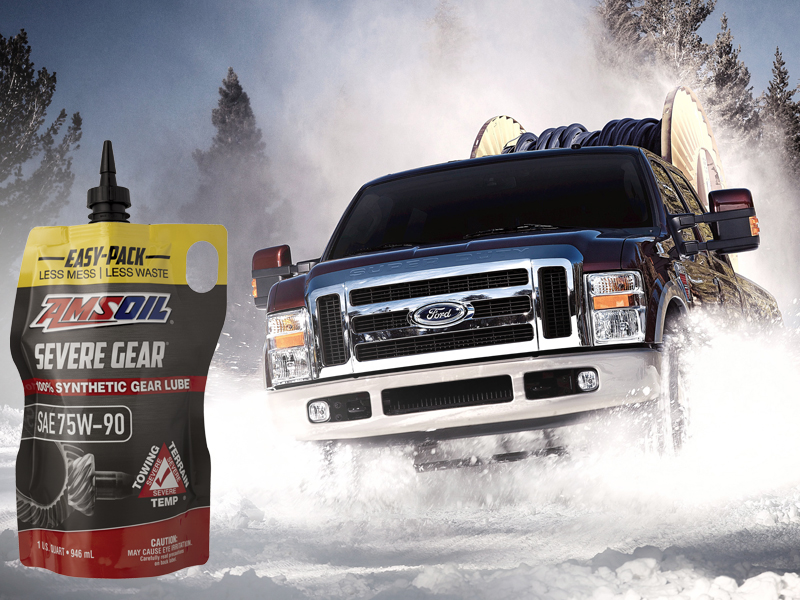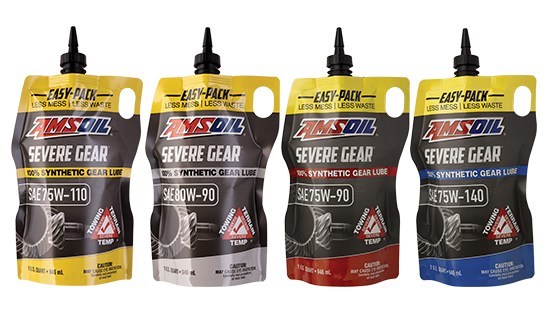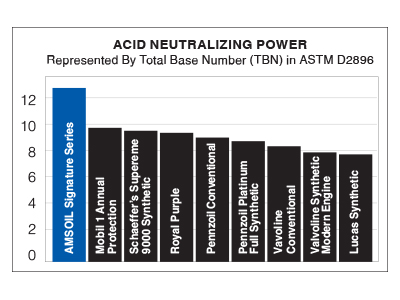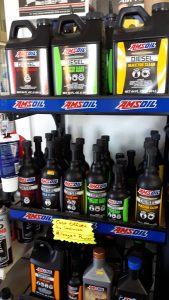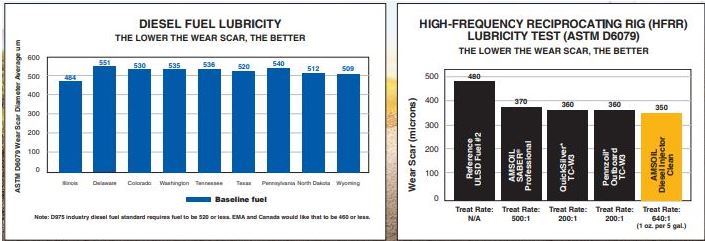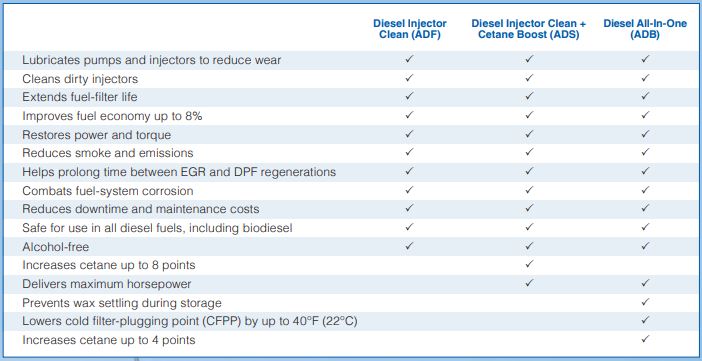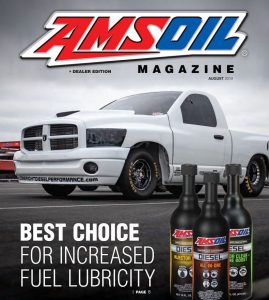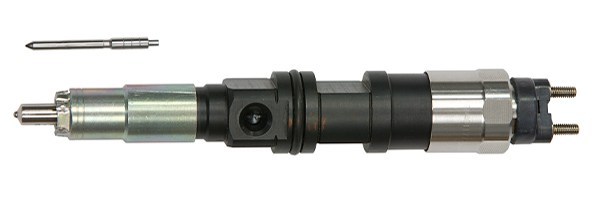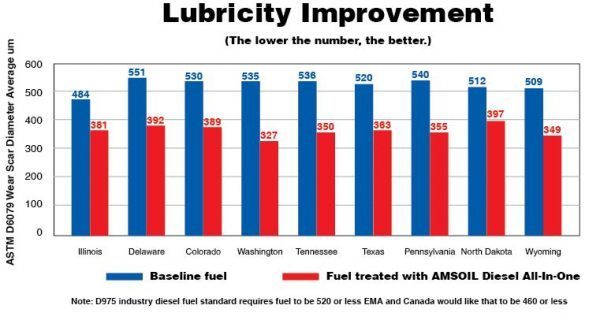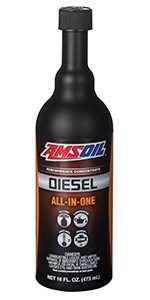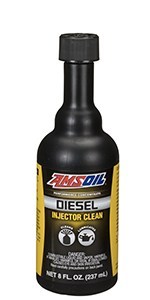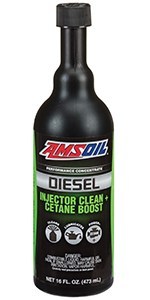The Difference Between GL-4 and GL-5 Gear Oil
The main difference between GL-4 and GL-5 gear oils is in the level of extreme-pressure (EP) additives.
It’s really very simple. They are not interchangeable and GL5 didn’t replace GL4.
by Eddie Yorkman,|July 5, 2022
If you’ve ever purchased gear oil, or spent any time looking at gear-oil specifications, you have undoubtedly come across the API GL-4 and GL-5 specifications. You may have wondered, what is the difference between GL-4 and GL-5 gear oil? Where can I buy GL-4 and GL-5 gear oil?
Severity – Hypoid gears vs Helical
The American Petroleum Institute (API) classifies gears using GL ratings, ranging from GL-1 to GL-5. Higher GL rating numbers represent more severe applications; GL-1 is the least severe and can usually be satisfied with a motor oil, while GL-5 is the most severe GL rating.
EP additives
The main difference between GL-4 and GL-5 gear oils is in the level of extreme-pressure (EP) additives. EP additives effectively protect gears by providing a sacrificial layer on gear surfaces; these additives are essential for protecting gears operating under heavy loads and extreme temperatures. A typical GL-5 gear oil provides about twice as much EP additive in its formulation compared to a GL-4 gear oil.
Where are GL-4 and GL-5 gear oils used?
What type/weight gear oil should I use?
For top protection and performance, it is best to consult your owner’s manual/Shop manual for the manufacturer’s recommendation. There, you will find both the specified viscosity (75W-90, 75W-140, etc.) and specification (API GL-4, API GL-5, API MT-1, etc.) recommended for your application. Almost all hypoid gear sets require GL-5 due to the need for significant extreme-pressure protection.
Note the 2nd number is the KEY weight under operating temperatures and conditions. 990, 110, 140, 250, etc.. For example our 75W-80 covers and overlaps the recommendations where 80W-90, 85W-90 are written.
What’s the best gear oil for my vehicle?
AMSOIL SEVERE GEAR® Synthetic Gear Lube excels in protecting gears and bearings from the rigors of severe-service operation. By design, it resists breakdown from high heat, preventing acids and maintaining a barrier to prevent metal-to-metal contact while conditioning seals. Its wax-free construction also improves cold-flow properties, improving fuel economy and cold-weather performance.
• Superior film strength
• Controls thermal runaway
• Protects against rust and corrosion
• Helps reduce operating temperatures
• Maximum efficiency
• Long oil, seal and equipment life
• Flexible easy-pack for clean, fast installation
SEVERE GEAR is recommended in differentials, manual transmissions and other gear applications requiring an API GL-5 gear oil. It can also be used in axles where an API GL-4 lubricant is recommended.

